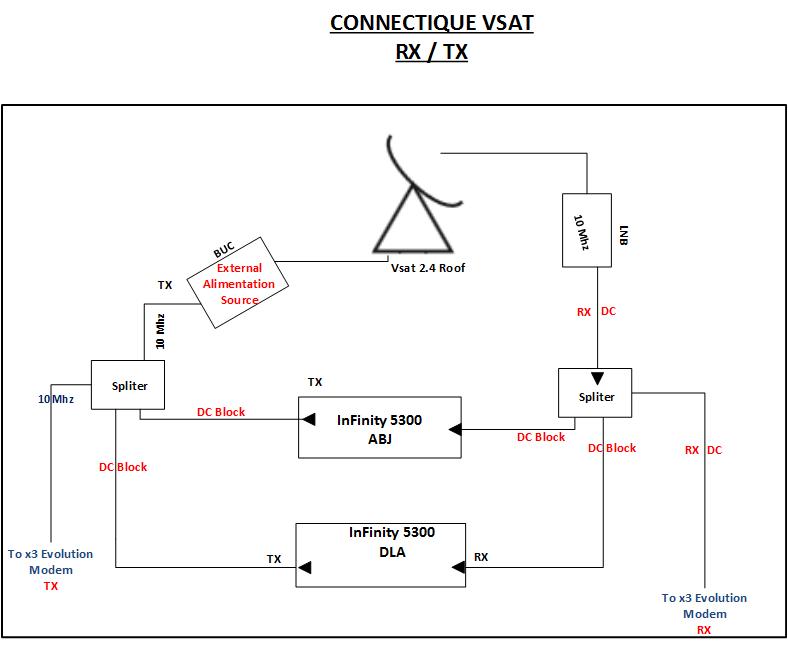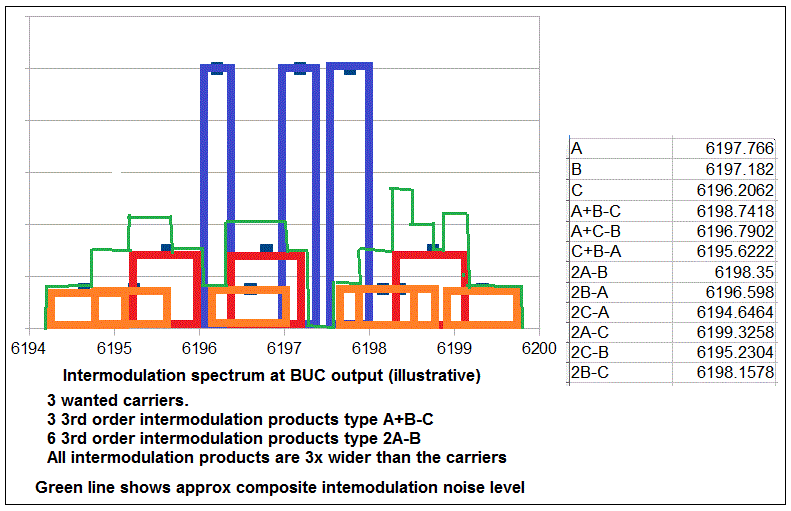| Home Login Register |
| Satellite Internet forum › iDirect Forum: hubs and terminals › Net not activated x3 |
|
Pages: 1
|
Net not activated x3(Read 6613 times) |
|
Habib D
Member
★★ Offline Posts: 7 |
Sep 30th, 2014 at 12:07pm
|
| Back to top |
IP Logged
|
|
Admin1
YaBB Admin
★★★★★ Offline Posts: 1192 |
Reply #1 - Sep 30th, 2014 at 3:25pm
|
| Back to top |
« Last Edit: Sep 30th, 2014 at 10:46pm by Admin1 »
IP Logged
|
|
Habib D
Member
★★ Offline Posts: 7 |
Reply #2 - Sep 30th, 2014 at 4:18pm
|
| Back to top |
IP Logged
|
|
Admin1
YaBB Admin
★★★★★ Offline Posts: 1192 |
Reply #3 - Sep 30th, 2014 at 11:02pm
|
| Back to top |
IP Logged
|
|
Habib D
Member
★★ Offline Posts: 7 |
Reply #4 - Oct 1st, 2014 at 8:10pm
|
| Back to top |
IP Logged
|
|
Admin1
YaBB Admin
★★★★★ Offline Posts: 1192 |
Reply #5 - Oct 2nd, 2014 at 8:11am
|
| Back to top |
« Last Edit: Oct 2nd, 2014 at 10:29am by Admin1 »
IP Logged
|
|
sridhar
Member
★★ Offline Posts: 7 |
Reply #6 - Oct 3rd, 2014 at 4:22pm
|
| Back to top |
IP Logged
|
|
Habib D
Member
★★ Offline Posts: 7 |
Reply #7 - Oct 4th, 2014 at 11:59am
|
| Back to top |
IP Logged
|
|
Admin1
YaBB Admin
★★★★★ Offline Posts: 1192 |
Reply #8 - Oct 4th, 2014 at 4:47pm
|
| Back to top |
IP Logged
|
|
Habib D
Member
★★ Offline Posts: 7 |
Reply #9 - Oct 10th, 2014 at 3:20pm
|
| Back to top |
IP Logged
|
|
Pages: 1
|
Email me: eric@satsig.net
Powered by YaBB 2.5.2!
YaBB Forum Software © 2000-. All Rights Reserved.
Disclaimer, Terms of Use and Privacy Forum User Agreement Forum rules Cookie policy.






 Don't ask me, why it's working in that configuration. I really don't know. If somebody have an explanation i will be glad to have it.
Don't ask me, why it's working in that configuration. I really don't know. If somebody have an explanation i will be glad to have it.